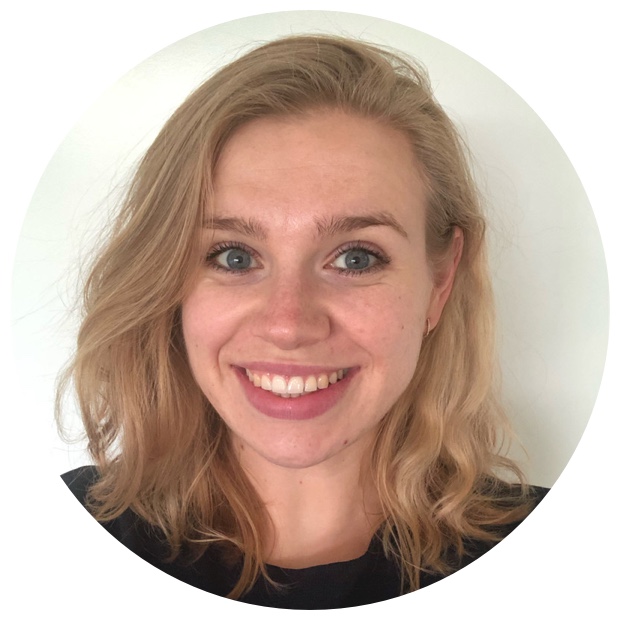
Lisa de Wit
Speech therapist & clinical linguist
NAO decrease comparison, with KAT and without the KAT
2023-12-14

An experienced linguist at Royal Auris Group, Lisa de Wit administered the NAO to two children for comparison. One without KAT (Sound Analysis Tool) and one with KAT. The choice was made to test the 'normal NAO' and only the initial, medial and final consonants. So not the clusters! In this article, we will discuss the results of this comparison and examine the advantages of using KAT.
Analysis without KAT: Lisa started the first session without KAT. The collection and elaboration took a total of 50 minutes.
Procedure: Her methodology included writing down all the results. She noted that this becomes very confusing when you record this digitally in ONS. Because of this method of analysis, she was looking more in broad outlines rather than having a good understanding of all the details. Thus, she quickly saw that a number of processes were present, but did not get a good overview of which sounds were acquired. To get the overview, Lisa completed another phoneme repertoire. This took her about five minutes. This gave Lisa more insight and allowed her to establish the treatment plan for the child.The goal for the child becomes practising with initial /s/ and /t/ because there is backing present on those sounds.
With KAT: The intake and elaboration took only 15 minutes.
Method: Lisa typed the child's utterances directly into the excel file and uploaded it to the KAT. The analysis was downloaded and easily interpreted. The result was clear and indicated that the child needed practice with final /f/ and initial clusters due to cluster reduction.
Conclusion: The conclusion of Lisa's comparison was clear: the Sound Analysis Tool (KAT) helped significantly in speeding up analysis. KAT's structured representation of processes made it easier for Lisa to create a treatment plan. With significant time savings and a more detailed understanding of sound development, the use of KAT seems to be a valuable addition to the work of the linguist. This raises the question of whether similar tools could be more widely implemented in speech analysis within education and healthcare in the future.